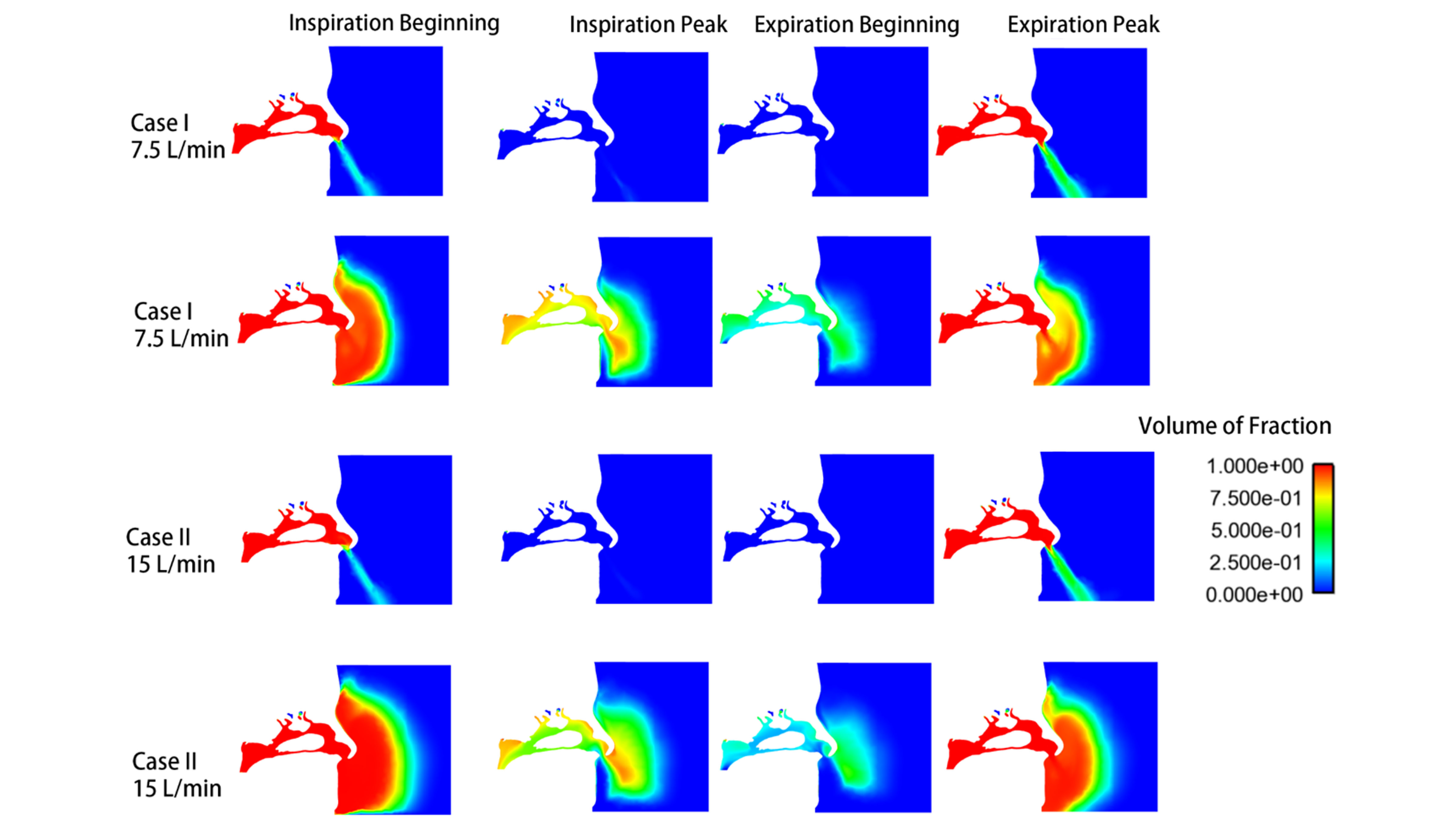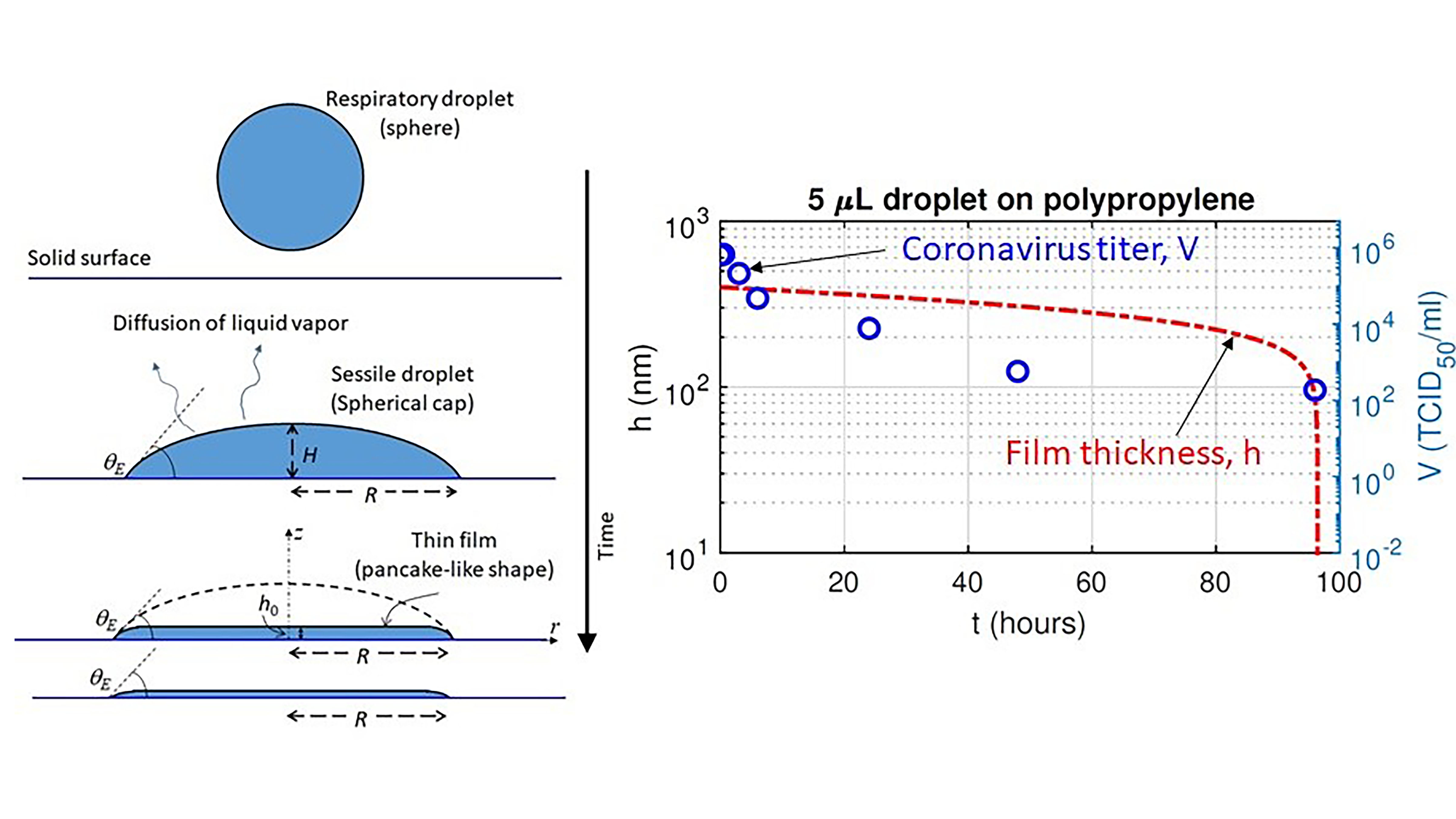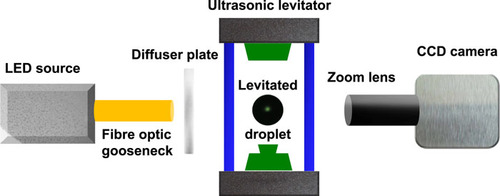Using face masks to help slow the spread of COVID-19 has been widely recommended by health professionals. This has triggered studies of the materials, design, and other issues affecting the way face masks work. In Physics of Fluids, investigators looked at research on face masks and their use and summarized what we know about the way they filter or block the virus. They also summarize design issues that still need to be addressed.





